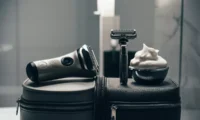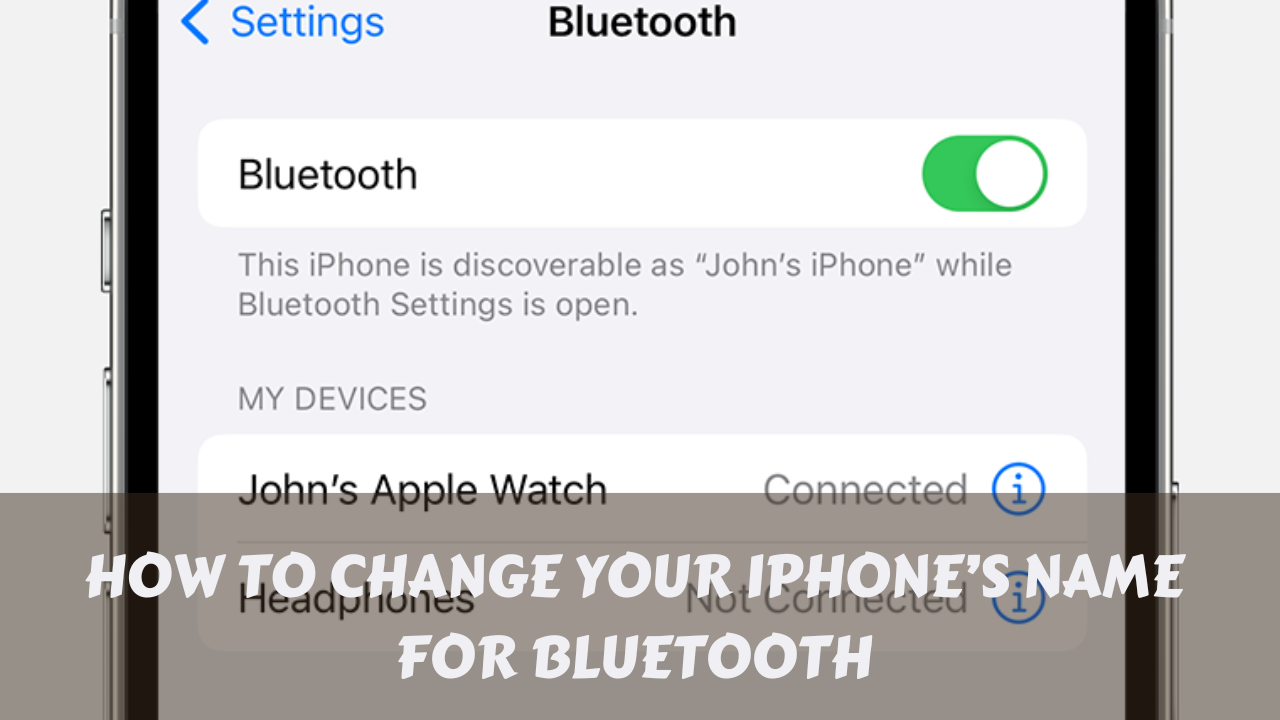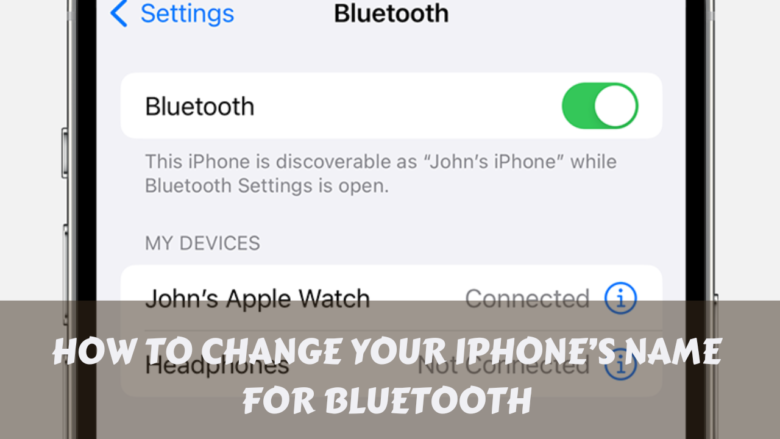Your jewellery drawer looks like a tornado hit it.
- Why expensive jewelry organisers aren’t worth it
- Smart storage solutions using household items
- Ice cube trays for rings and small studs
- Egg boxes for delicate pieces
- Toilet roll tubes for bracelets
- 💖 You Might Also Like
- DIY necklace storage that actually works
- The corkboard method
- Wooden hangers for statement pieces
- Creating a practical earring system
- The mesh memo board trick
- Button-up shirts as earring displays
- Making the most of drawer space
- The compartment game
- Layering systems that make sense
- ✨ More Stories for You
- Quick fixes for common jewelry problems
- Untangling necklaces without losing your mind
- Preventing silver from tarnishing
- Keeping pairs together
- Setting up zones for different occasions
- The everyday essentials station
- Special occasion storage
- Travel-ready systems
- Maintenance habits that prevent chaos
- The 30-second rule
- Weekly quick sort
- The one-in-one-out approach
- 🌟 Don't Miss These Posts
- Common mistakes to avoid
- Storing everything together
- Ignoring humidity
- Buying organisers before sorting
- Budget-friendly upgrades when you’re ready
- Felt-lined containers
- Proper lighting
- Clear containers for visibility
- Frequently Asked Questions
Necklaces are tangled beyond recognition.
You can’t find matching earrings to save your life.
And don’t even get me started on the rings scattered across three different surfaces.
Here’s the thing – you don’t need to drop £100+ on fancy organisers to sort this mess.
I’ve tried every expensive system under the sun.
Most of them broke within months or didn’t fit my actual collection.
The solutions that actually work cost pennies and use stuff you already have lying around.
Why expensive jewelry organisers aren’t worth it
Let me be straight with you.
Those Pinterest-perfect acrylic towers?
They crack if you look at them wrong.
The velvet-lined boxes that cost more than your rent?
Half your jewellery doesn’t fit properly anyway.
I learnt this the hard way after wasting hundreds on “premium” storage solutions that ended up in charity shop bags.
The real problem isn’t the organiser – it’s understanding how you actually use your jewellery.
Smart storage solutions using household items
Ice cube trays for rings and small studs
This changed everything for me.
Grab a few ice cube trays from the pound shop.
Each compartment holds one ring or pair of small earrings.
Stack them in your drawer and suddenly you can see everything at a glance.
Pro tip: Use silicone ones – they’re easier to clean and your jewellery slides out without scratching.
Egg boxes for delicate pieces
Don’t chuck those cardboard egg boxes.
They’re perfect for:
- Delicate earrings that get lost easily
- Brooches that need individual spaces
- Cufflinks that always disappear
- Small pendants that tangle with everything else
Line them with tissue paper if you’re feeling fancy, but honestly, they work fine as-is.
Toilet roll tubes for bracelets
This sounds mental but stick with me.
Cut toilet roll tubes in half lengthways.
Slip your bracelets and bangles over them.
They keep their shape and you can see every single one lined up in your drawer.
My mate Sarah uses this system and her bracelet collection looks like a high-end boutique display.
💖 You Might Also Like
DIY necklace storage that actually works
The corkboard method
Get a cork board from any discount store.
Push drawing pins in rows across the surface.
Hook your necklaces on individual pins.
Hang the whole thing inside your wardrobe door or on your bedroom wall.
Zero tangling, everything visible, costs under a tenner.
Wooden hangers for statement pieces
Those wooden trouser hangers with clips?
Pure gold for chunky necklaces and long chains.
Clip one necklace per hanger.
Hang them in your wardrobe like you would clothes.
Your statement pieces get proper space and won’t scratch each other.
Creating a practical earring system
The mesh memo board trick
Buy a wire mesh memo board from the office supplies section.
Hang it wherever you get dressed.
Push earrings straight through the mesh holes.
You can see every pair instantly and they stay perfectly organised.
Works for both studs and dangly ones.
Button-up shirts as earring displays
Got old button-up shirts heading for the bin?
Don’t throw them away yet.
The button bands make brilliant earring holders.
Just push the earring posts through the fabric around the buttonholes.
Hang the shirt in your wardrobe and boom – mobile earring storage.
Making the most of drawer space
The compartment game
Forget buying expensive drawer dividers.
Use what you’ve got:
- Small gift boxes from previous purchases
- Takeaway containers (clean ones, obviously)
- Mint tins for tiny pieces
- Soap dispensers cut down for bigger items
The key is making sure each type of jewellery has its own designated spot.
When everything has a home, you’ll actually put it back there.
Layering systems that make sense
Bottom layer: Heavy pieces that don’t move much (watches, thick bracelets)
Middle layer: Everyday essentials you grab constantly
Top layer: Delicate pieces that need gentle handling
This isn’t rocket science but most people chuck everything together and wonder why it’s chaos.
✨ More Stories for You
Quick fixes for common jewelry problems
Untangling necklaces without losing your mind
Drop the tangled mess into a bowl.
Add a drop of olive oil or baby oil.
Use two needles (or safety pins) to gently work the knots loose.
The oil helps everything slide apart instead of tightening further.
Takes 5 minutes instead of 30 minutes of swearing.
Preventing silver from tarnishing
Chuck a piece of chalk in with your silver pieces.
Chalk absorbs moisture and keeps tarnishing at bay.
Costs pennies and works better than those expensive anti-tarnish strips.
Keeping pairs together
This drives me absolutely mental – losing one earring from a perfect pair.
Simple fix: Before you take off earrings, stick them through a small piece of cardboard.
Or use those little plastic bags jewellers give you.
Keep pairs together and save yourself the heartbreak.
Setting up zones for different occasions
The everyday essentials station
Right by your mirror, keep:
- Go-to earrings for work
- Watch you wear daily
- Simple necklaces that go with everything
- Wedding ring (if you take it off at night)
Everything else can live further away because you’re not grabbing it every morning.
Special occasion storage
Keep your fancy pieces separate from everyday stuff.
They need more protection and you access them less frequently.
A simple jewellery roll (or even a clean tea towel with items wrapped individually) works perfectly.
Travel-ready systems
Always keep one small container packed with basics:
- Pair of simple earrings
- One versatile necklace
- Watch
- Any rings you never take off
When you’re rushing to pack, just grab the container and go.
Maintenance habits that prevent chaos
The 30-second rule
When you take off jewellery, give yourself 30 seconds to put it in the right spot.
Not on the bedside table.
Not in a random bowl.
In its actual designated home.
This tiny habit prevents 90% of jewellery chaos.
Weekly quick sort
Every Sunday, spend 5 minutes putting everything back where it belongs.
Untangle any minor knots before they become major disasters.
Check if anything needs cleaning.
It’s like tidying up before the mess becomes overwhelming.
The one-in-one-out approach
Every time you buy new jewellery, get rid of something you haven’t worn in ages.
This keeps your collection manageable and prevents storage systems from overflowing.
Plus, you’ll actually appreciate what you keep instead of drowning in options.
🌟 Don't Miss These Posts
Common mistakes to avoid
Storing everything together
Different metals scratch each other.
Delicate chains get caught on chunky pieces.
Keep similar items together and different materials separated.
Ignoring humidity
Bathrooms seem convenient but the moisture will destroy your jewellery faster than anything.
Keep storage in your bedroom or dressing area instead.
Buying organisers before sorting
I used to do this backwards.
Buy the fancy organiser first, then try to make my jewellery fit.
Sort your collection first.
Figure out what storage you actually need.
Then find solutions that work for your specific pieces.
Budget-friendly upgrades when you’re ready
Felt-lined containers
Once your basic system is working, you can upgrade containers to felt-lined versions.
The extra padding prevents scratching and looks more professional.
But only do this after you’ve proved the system works with basic materials.
Proper lighting
A small LED strip under your jewellery display makes everything easier to see.
Battery-powered ones cost under £10 and stick anywhere.
Makes your DIY setup look surprisingly professional.
Clear containers for visibility
When your ice cube trays start cracking, upgrade to clear plastic compartment boxes.
You keep the same system but with better durability.
The see-through factor means you’ll actually use everything instead of forgetting what you own.
Frequently Asked Questions
How do I stop silver jewellery from tarnishing in storage?
Pop a piece of chalk in with your silver pieces. The chalk absorbs moisture that causes tarnishing. Also, avoid storing silver in the bathroom where humidity is high.
What’s the best way to store pearls without damaging them?
Pearls need to breathe, so avoid airtight containers. Wrap them individually in soft cloth or tissue paper. Never store them touching other jewellery as they scratch easily.
How can I organise jewellery in a small space?
Use vertical wall space with mesh boards or corkboards. Hang organisers inside wardrobe doors. Stack ice cube trays in drawers. Think upwards, not outwards.
Should I store jewellery in the bathroom?
Absolutely not. The humidity from showers damages most metals and causes faster tarnishing. Keep jewellery storage in your bedroom or dressing area instead.
How often should I clean my jewellery storage system?
Give everything a quick wipe down monthly. Deep clean quarterly – empty containers, wash them properly, and reorganise as needed. This prevents dust buildup and keeps your system functioning smoothly.
What’s the easiest way to untangle a badly knotted necklace?
Place the necklace in a bowl with a tiny drop of olive oil. Use two needles or safety pins to gently work the knots apart. The oil helps everything slide instead of tightening further.
The truth about jewellery organisation is this:
Expensive systems break.
Complex systems get abandoned.
Simple systems that use stuff you already have?
Those actually work long-term.
Start with ice cube trays and toilet roll tubes.
Build habits around putting things back properly.
Upgrade only when your basic system is working perfectly.
You don’t need to spend a fortune to have a jewellery collection that’s properly organised and easy to navigate – you just need to be smart about how to organize jewelry collection without expensive organizers.






























